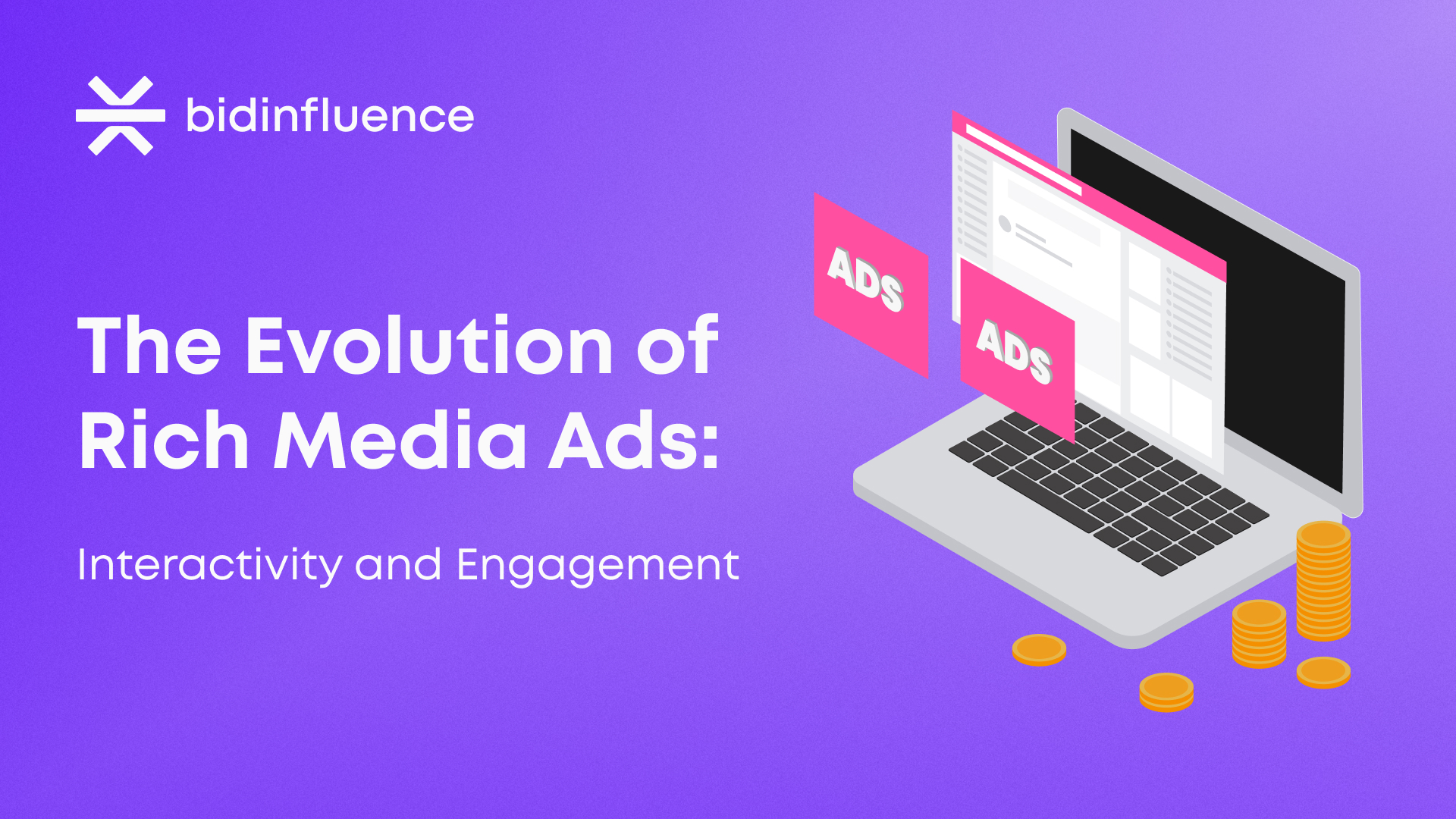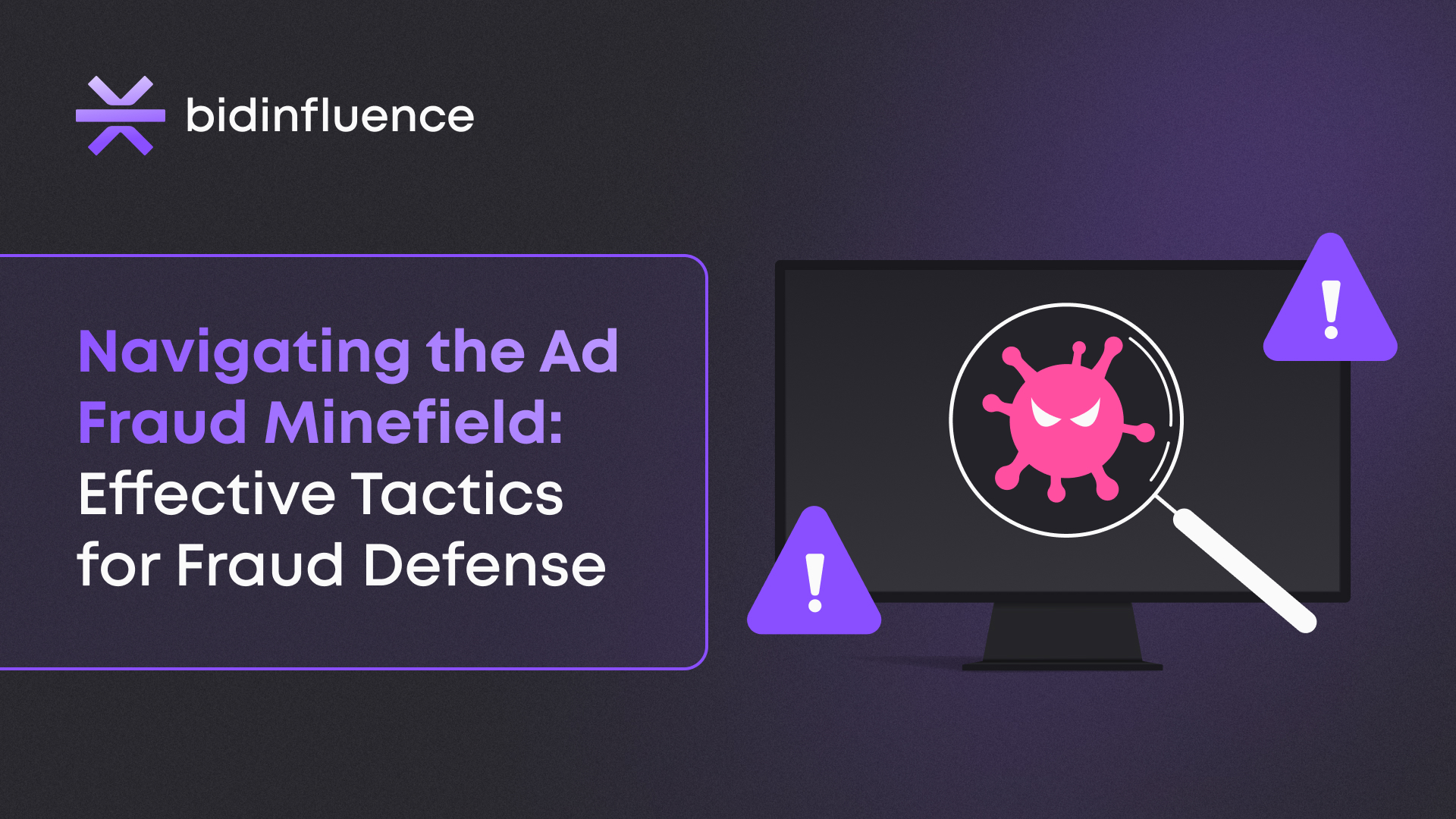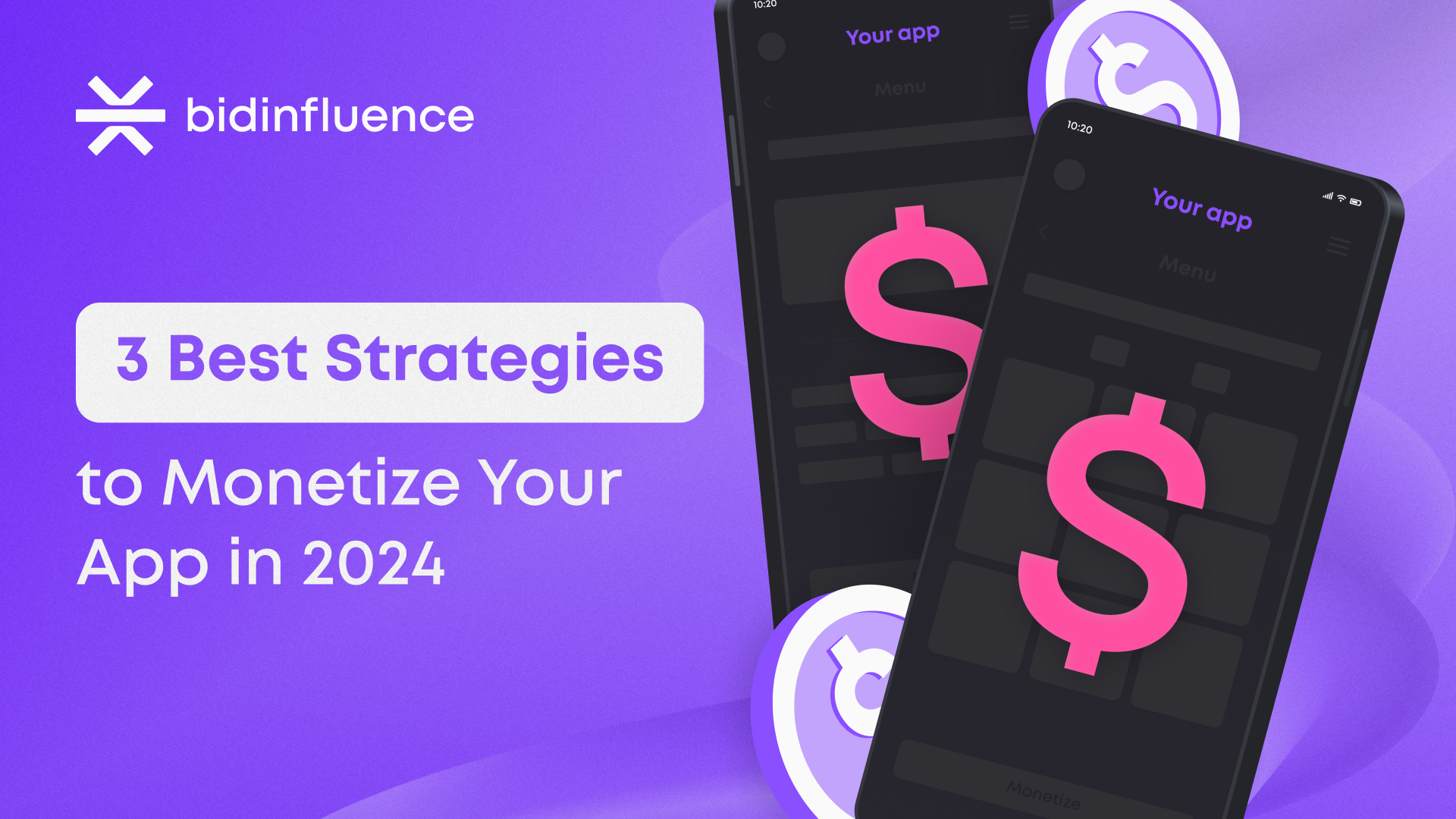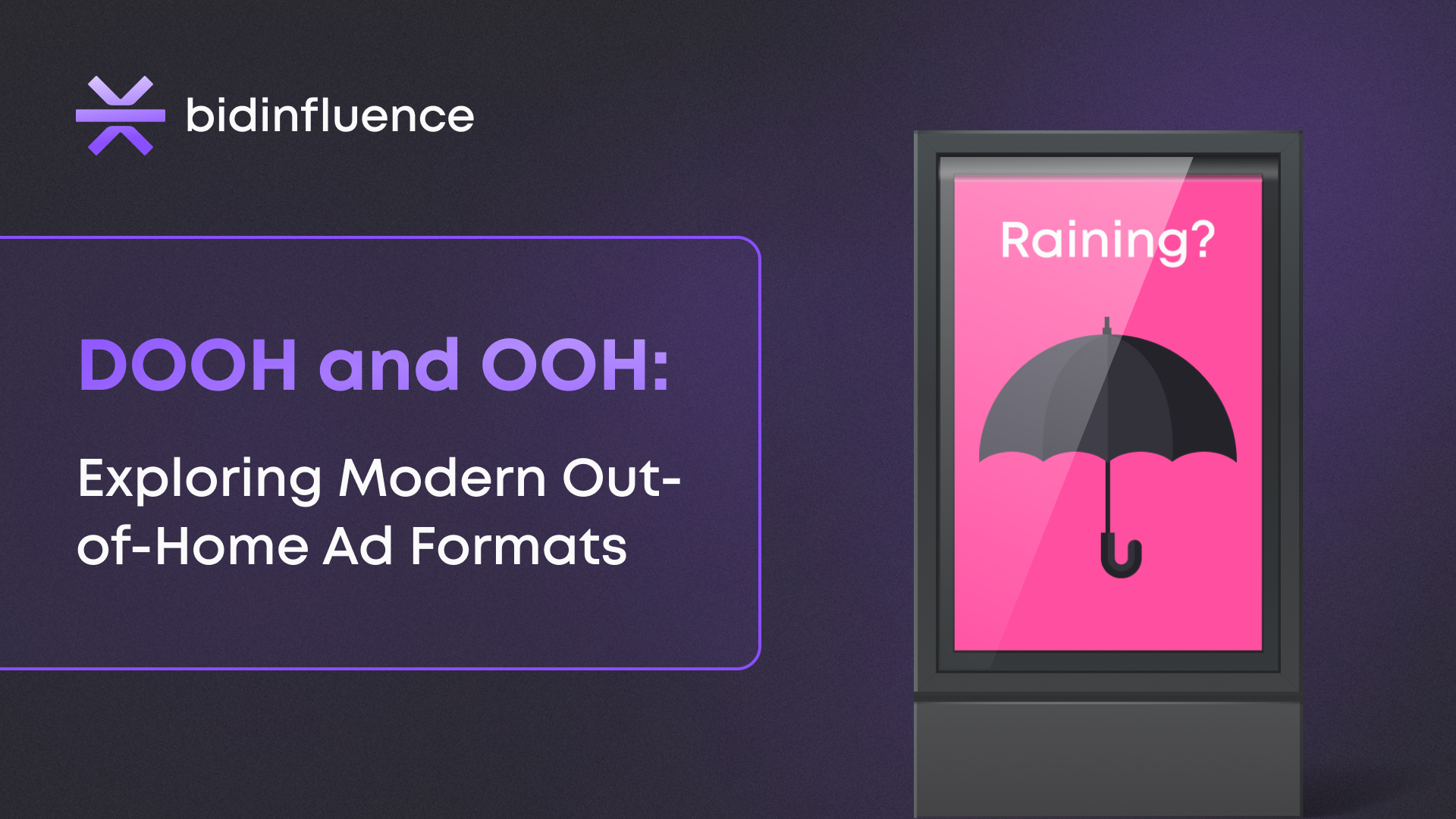Rich media encompasses digital advertising or online content beyond basic text or static images, integrating interactive elements to enhance user engagement. It includes features like images, graphics, audio, video, animation, and interactive components and utilizes HTML5. Primarily employed in online advertising, rich media aims to create more impactful campaigns by capturing audience attention and fostering increased user interaction, distinguishing itself from traditional static ads. This approach often leads to higher CTR and improved overall campaign performance.
Brief History of Rich Media
Rich media, integral to digital advertising’s evolution, has a history marked by key milestones:
- In the 1990s, banner ads with simple graphics and text were common.
- By the late 1990s, Macromedia Flash made ads interactive and animated.
- In 1996, rich media was born.
- In the early 2000s, audio and video became popular in ads.
- In the mid-2000s, rich media ads, with video, audio, and interactivity, surpassed banners.
- HTML5 standardized multimedia in the late 2000s and early 2010s.
- Rich media became mobile-friendly.
- Programmatic advertising seamlessly integrates rich media for personalized campaigns.
- In 2011, IAB Rising Stars Ad Units brought back rich media’s popularity.
- Today, rich media focuses on interactivity and immersion, using AR, VR, and advanced tech to captivate audiences.
Advertising Formats of Rich Media
Banner ads are those fixed ads you often see on web pages. You can make them more interesting by adding dynamic elements. They’re easy to create, and people generally like them. Many advertisers use them, mainly because they are affordable.
Multi-directional expanding ads get bigger depending on where they are on the webpage. For example, if it’s on the right, it expands towards the left when you click it, and vice versa. Since these ads are still new, only some people are using them.
Interstitial ads are big, fullscreen ads that cover the whole webpage or show up during breaks in games. They have pictures, text, videos, and sound to make them attractive. These ads can stay in one place as you scroll or stay fixed on the screen.
Pushdown ads differ from other rich media formats because they don’t get bigger. They start small on the webpage. If you’re interested, you can click or hover over them, and then they expand, pushing the webpage content down to show the whole ad.
Pros and Cons of Rich Media
Advantages:
- Diverse media formats (audio, video, interactive elements) deliver comprehensive information.
- Rich media ads can include video, audio, animations, and small applications/games.
- It enables robust data collection through advanced analytics or direct user solicitation.
- Attention-grabbing ads are more likely to be clicked, adhering to IAB guidelines.
Disadvantages:
- Larger file sizes may slow website loading times, requiring careful consideration of audience demographics.
- Increased visibility can lead to heightened annoyance, so adherence to IAB guidelines is crucial.
- Creation demands a higher skill set, making them more expensive.
- Users can easily turn off rich media ads in browsers and ad-blockers.
To Sum Up
The evolution of rich media ads has transformed digital advertising, going beyond static content to incorporate interactive elements such as images, audio, video, and animations. With its roots in the 1990s, rich media has progressed through key milestones, adapting to technological advancements and emerging as a powerful tool in online campaigns. These ads are now optimized for mobile use, responsive, and seamlessly integrated into programmatic advertising for personalized campaigns.
Rich media ads have evolved into a dynamic tool for advertisers, offering a range of formats to capture audience attention and deliver impactful campaigns. Despite certain challenges, the benefits of rich media advertising make it a valuable and effective strategy in the digital ad world.



